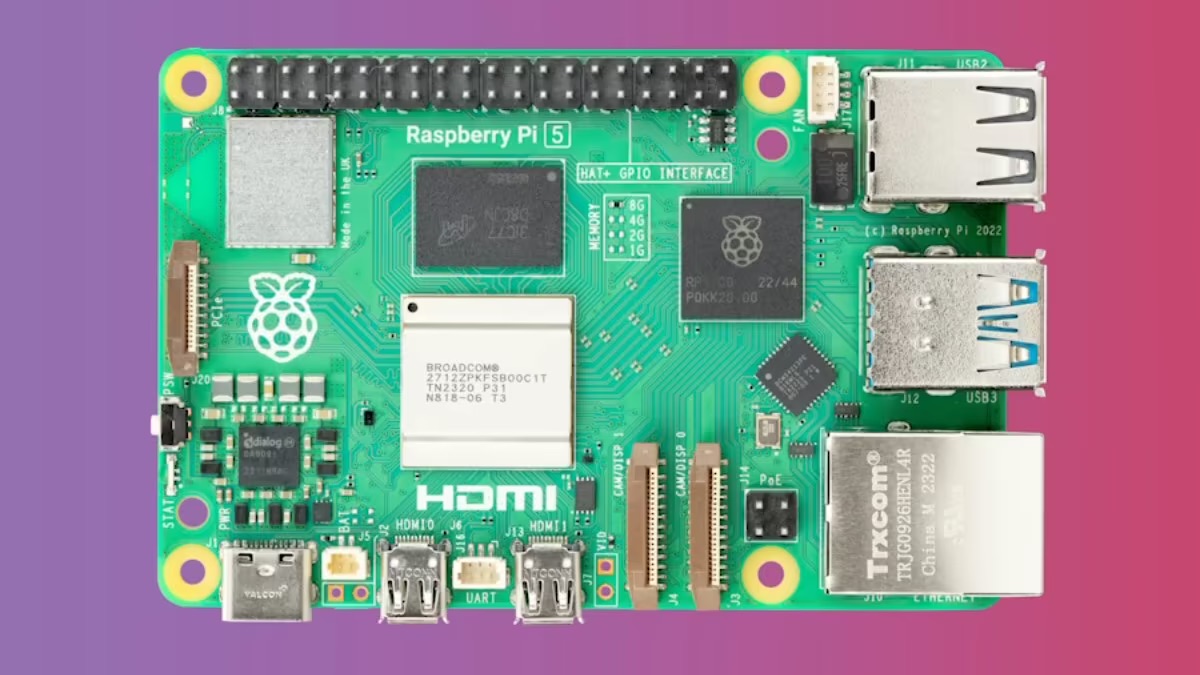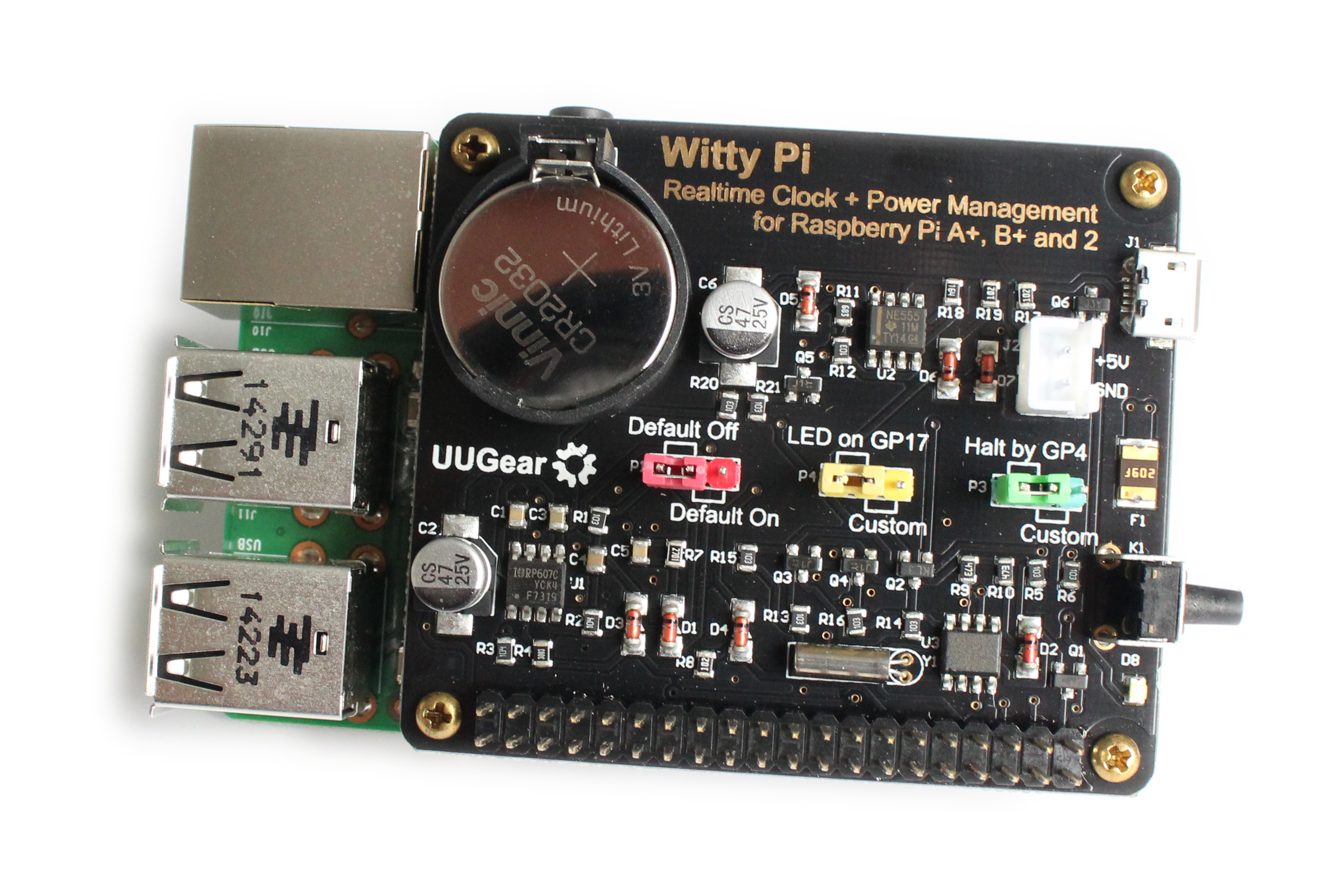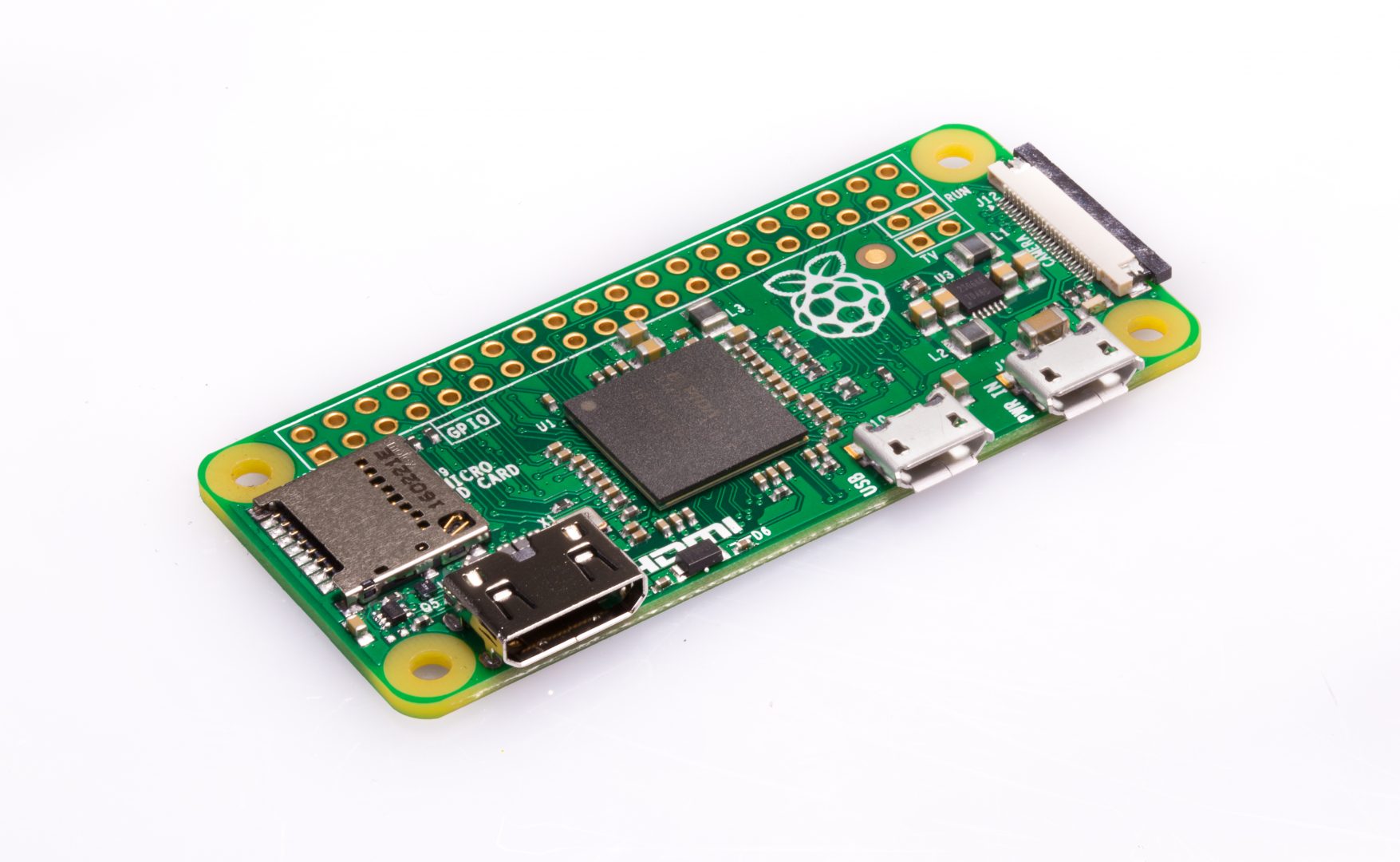Mastering The Management Of Raspberry Pi Remotely With RemoteIoT Management Platform
Are you tired of manually managing your Raspberry Pi devices? Do you dream of controlling them from anywhere in the world? Well, buckle up because the RemoteIoT Management Platform is here to save the day! Whether you're a tech enthusiast, a business owner, or just someone who loves tinkering with gadgets, this article will dive deep into how you can manage your Raspberry Pi remotely with ease.
Imagine this: you're on vacation in the Maldives, sipping on a cocktail, and suddenly you remember that you need to update your Raspberry Pi setup back home. Panic sets in, right? Wrong! With the RemoteIoT Management Platform, you can handle all your Raspberry Pi management tasks from your phone or laptop, no matter where you are. It's like having a virtual assistant for your devices.
Now, before we dive into the nitty-gritty of how this platform works, let’s talk about why managing Raspberry Pi remotely is such a big deal. In today’s fast-paced world, efficiency and convenience are key. Remote management not only saves time but also ensures that your devices are always up-to-date and secure. So, let’s explore how RemoteIoT Management Platform can revolutionize the way you interact with your Raspberry Pi.
Read also:Real Carly Jane The Ultimate Guide To Her Life Career And Influence
Why Managing Raspberry Pi Remotely Matters
Managing Raspberry Pi remotely isn’t just a cool trick; it’s a necessity in today’s tech-driven world. Whether you’re running a home automation system, monitoring environmental sensors, or hosting a personal web server, having remote access to your Raspberry Pi can make all the difference.
Key Benefits of Remote Management
- Time Efficiency: No more running back and forth to check on your devices. Manage everything from the comfort of your couch or even from a different continent.
- Cost Savings: Reduce travel expenses and downtime by troubleshooting and updating your Raspberry Pi remotely.
- Increased Security: Regular updates and real-time monitoring can help protect your devices from potential threats.
- Scalability: As your projects grow, managing multiple Raspberry Pi devices becomes easier with remote tools.
With these benefits in mind, it’s clear that remote management is more than just a convenience—it’s a necessity for anyone serious about their Raspberry Pi projects.
Introducing RemoteIoT Management Platform
The RemoteIoT Management Platform is like the Swiss Army knife of Raspberry Pi management. It’s a comprehensive solution designed to simplify the process of managing your devices remotely. From monitoring system performance to deploying updates, this platform has got you covered.
Core Features of RemoteIoT Management Platform
- Real-Time Monitoring: Keep an eye on your Raspberry Pi’s performance metrics such as CPU usage, memory, and disk space.
- Secure Access: Connect to your devices using encrypted protocols to ensure your data stays safe.
- Automated Updates: Schedule automatic updates for your software and firmware without lifting a finger.
- Multi-Device Management: Manage multiple Raspberry Pi devices from a single dashboard, making scalability a breeze.
Whether you’re a beginner or a seasoned pro, the RemoteIoT Management Platform offers tools and features that cater to your needs. Let’s dive deeper into how it works.
Setting Up RemoteIoT Management Platform
Getting started with RemoteIoT Management Platform is surprisingly straightforward. Here’s a step-by-step guide to help you set it up:
Step 1: Sign Up and Install
First things first, head over to the RemoteIoT website and sign up for an account. Once you’ve registered, download and install the platform on your Raspberry Pi. This process usually takes just a few minutes.
Read also:Kylie Jenner Net Worth The Untold Story Of A Young Billionaire
Step 2: Connect Your Devices
Next, connect your Raspberry Pi to the platform. This involves configuring your network settings and ensuring that your device is accessible over the internet. Don’t worry if you’re not a networking guru; the platform provides detailed guides to help you through this step.
Step 3: Customize Your Dashboard
Once your devices are connected, it’s time to customize your dashboard. Add widgets, set up alerts, and configure settings to suit your preferences. This is where the fun begins!
With these steps, you’ll be up and running in no time. Now, let’s explore some advanced features that make RemoteIoT Management Platform stand out.
Advanced Features of RemoteIoT Management Platform
While the basic features of RemoteIoT Management Platform are impressive, the advanced options take it to the next level. Here are a few highlights:
1. Custom Scripts
Love scripting? You’ll be thrilled to know that RemoteIoT allows you to run custom scripts on your Raspberry Pi remotely. This means you can automate complex tasks without needing physical access to your device.
2. Integration with Third-Party Tools
The platform supports integration with popular tools like Grafana, Prometheus, and more. This opens up endless possibilities for monitoring and managing your Raspberry Pi devices.
3. Data Analytics
Get insights into your device performance with built-in analytics tools. Analyze trends, identify bottlenecks, and optimize your setup for maximum efficiency.
These advanced features make RemoteIoT Management Platform a powerhouse for managing Raspberry Pi devices remotely.
Best Practices for Managing Raspberry Pi Remotely
While the RemoteIoT Management Platform makes remote management a breeze, there are a few best practices you should follow to ensure a smooth experience:
1. Use Strong Passwords
Security should always be a top priority. Use strong, unique passwords for your Raspberry Pi and the RemoteIoT platform to prevent unauthorized access.
2. Regular Backups
Always keep backups of your important data. This way, if anything goes wrong, you can restore your device to its previous state without losing valuable information.
3. Stay Updated
Keep your software and firmware up to date. This ensures that you have the latest features and security patches, reducing the risk of vulnerabilities.
By following these best practices, you can enjoy a secure and efficient remote management experience.
Case Studies: Real-World Applications
To truly appreciate the power of remote management, let’s look at some real-world applications where the RemoteIoT Management Platform has made a difference:
Case Study 1: Smart Agriculture
A farmer in California uses Raspberry Pi devices to monitor soil moisture levels and weather conditions. With the RemoteIoT platform, he can manage these devices from his smartphone, ensuring optimal conditions for his crops without needing to physically visit the fields.
Case Study 2: Home Automation
A family in London uses Raspberry Pi to control their smart home system. From adjusting the thermostat to turning lights on and off, they can manage everything remotely using the RemoteIoT platform, even when they’re on vacation.
These case studies demonstrate the versatility and practicality of remote management with the RemoteIoT platform.
Common Challenges and Solutions
While remote management offers numerous benefits, it’s not without its challenges. Here are a few common issues and how to overcome them:
Challenge 1: Connectivity Issues
Solution: Ensure that your Raspberry Pi is connected to a stable internet connection. Consider using a backup network or a cellular modem for added reliability.
Challenge 2: Security Concerns
Solution: Implement robust security measures such as firewalls, encryption, and regular security audits to protect your devices from potential threats.
By addressing these challenges proactively, you can enjoy a seamless remote management experience.
Future Trends in Raspberry Pi Management
The world of Raspberry Pi management is constantly evolving. Here are a few trends to watch out for:
Trend 1: Artificial Intelligence Integration
AI is becoming increasingly integrated into device management platforms. Expect to see more intelligent automation and predictive analytics in the future.
Trend 2: Edge Computing
As more devices move to the edge, managing them remotely will become even more critical. Platforms like RemoteIoT will play a vital role in this shift.
Stay ahead of the curve by keeping an eye on these trends and adapting your management strategies accordingly.
Conclusion: Take Action Today
In conclusion, managing Raspberry Pi remotely with the RemoteIoT Management Platform is a game-changer. From simplifying everyday tasks to ensuring top-notch security, this platform offers everything you need to manage your devices efficiently.
So, what are you waiting for? Dive into the world of remote management and take control of your Raspberry Pi devices like never before. Don’t forget to leave a comment, share this article with your friends, and explore more content on our website. Together, let’s build a smarter, more connected future!
Table of Contents
- Why Managing Raspberry Pi Remotely Matters
- Introducing RemoteIoT Management Platform
- Setting Up RemoteIoT Management Platform
- Advanced Features of RemoteIoT Management Platform
- Best Practices for Managing Raspberry Pi Remotely
- Case Studies: Real-World Applications
- Common Challenges and Solutions
- Future Trends in Raspberry Pi Management
- Conclusion: Take Action Today


